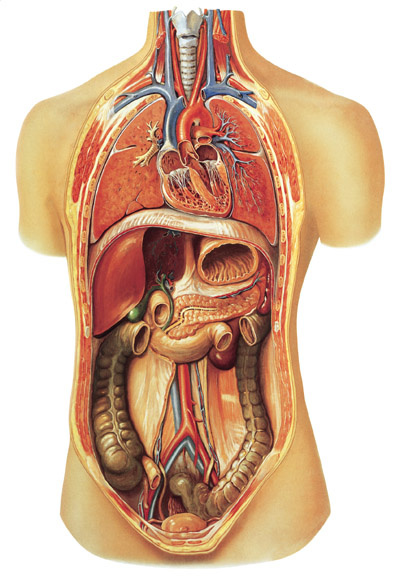The first 3D biological printer to use stem cells
The British Institute of Physics (IOP) on February 4 published research results in Biofabrication, saying for the first time scientists have "printed" three-dimensional organs. (3D) using human embryonic stem cells.
This research has opened up hopes to further boost the need to make components suitable for transplantation on human bodies.
This printing technology allows scientists to create three-dimensional body tissues in laboratories, eliminating the need for organ donation or animal testing.
This printer is about the same size as a desktop laser printer, specially designed in the form of a collapsible valve. The main "bio-ink" printer is human embryonic stem cells (hESCs) that are grown in the laboratory.

When they want to produce the three-dimensional body tissue required for organ transplants, scientists will proceed to print stem cells on plates normally used for cell transplants.
These cells will be ejected to the disk by the small explosive force of the balloon, and the amount of this stem cell biologic ink will be controlled according to the adjustment of opening or closing the valve. After being pushed to the cell, the hESCs will combine to create a small "spherical" ball. Each ball is smaller than 1mm in size.
By this printing mechanism, scientists can scan millions of cells within minutes, helping to create the desired tissue.
Previously, scientists had tried 3D printing by inkjet technology with other cell types, including adult stem cells. However, IOP said the most important thing about using human embryonic stem cells is because they are capable of indefinitely regenerating and can become any type of cell in the human body.
Stem cells are considered as alternative sources, restoring most of the damage to the heart, lungs, destroyed spines, Parkinson's disease and even baldness.
Mr. Jason King of Roslin Cellab, a stem cell manufacturer, said, "This is a scientific development that we hope and believe will have a long-term reliable impact on producing internal components. organs as required ".
In addition, this new study can also be used in laboratory testing of drugs, avoiding the need to use animals.
- 10 ways stem cells promote medical development
- Successfully created kidney cells from stem cells
- Stem cells will be taken to the ISS station for observation
- What are stem cells? How advanced is medicine in this area?
- It was possible to transplant stem cells from one person to another
- Detecting 'multipurpose' stem cells helps cure many diseases
- Using molecules as a sign of biological identification on stem cells: supporting treatment methods.
- Human lung stem cells are able to replicate themselves
- Research three-dimensional biological printers producing kidneys
- Artificial bones from umbilical cord stem cells
- Successful development of pork from stem cells
- Can skin cells turn into eggs and sperm?
 Green tea cleans teeth better than mouthwash?
Green tea cleans teeth better than mouthwash? Death kiss: This is why you should not let anyone kiss your baby's lips
Death kiss: This is why you should not let anyone kiss your baby's lips What is salmonellosis?
What is salmonellosis? Caution should be exercised when using aloe vera through eating and drinking
Caution should be exercised when using aloe vera through eating and drinking